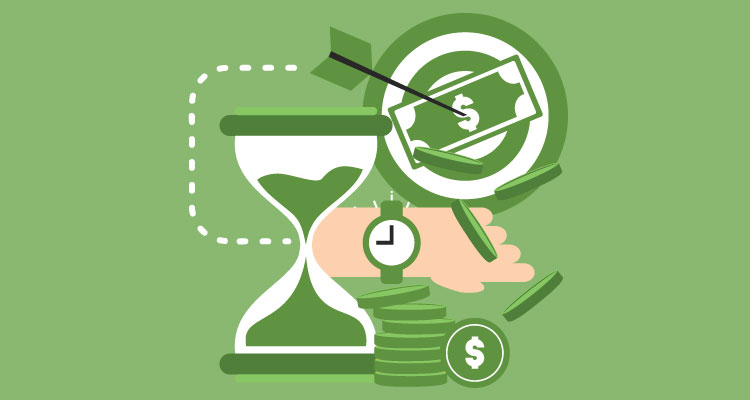American consumers are carrying an unprecedented amount of debt. Recent statistics lay out the unpleasant facts: as of 2015, households carry an average of nearly $16,000 in credit card balances, $27,000 in car loans, and a whopping $48,000 in student loan debt. It doesn’t have to be that way. In fact, a small but significant number of Americans are entirely debt free altogether. It does take patience and discipline to reduce the amount you owe to creditors, but it does not have to take forever. Here are four great tips to pay off your debt faster, and get on the road to debt-free living.
Table of Contents
ToggleFreeze Your Debt
One of the first steps to take in paying off your debt is to immediately cease accumulating it, especially when it comes to credit cards. Once you have resolved to pay down your debt as fast as possible, stop taking additional loans out, or charging your credit cards, and focus your efforts on paying your existing debts down. Some people, for symbolic as well as practical purposes, either cut up or actually freeze their credit cards in Tupperware containers in their freezers. This serves as a constant reminder to the mission at hand and makes charging additional items on your credit cards a challenging affair.
Pay More than the Minimum
The minimum payment due on credit cards and other debt is not your friend. In many cases, particularly with credit cards carrying a high APR, paying the minimum monthly payment each month on a high balance will take you over a decade to pay the card down. You will continue to accrue interest charges, slowing down your debt payoff considerably; your credit rating could also take a hit when you only pay the minimum balances as well. Wherever possible, attempt to pay a minimum of 45 to a 100% above your minimum payment during each billing period, and start accelerating the decrease in your outstanding balances.
The Snowball Pay Down Technique
Many people have had considerable success rapidly paying down their debts using something called the snowball technique. In the snowball technique, you list out your outstanding debt balances from lowest to highest and commit to paying the minimum payment on all of them. Then, you commit more money each month to paying down the debt with the lowest balance. Once that debt is complete, you pay down the next bill, applying the minimum monthly payment and any extra money you had previously committed to the recently paid off debt. Once this debt is paid off, you repeat the process with the next one, until you are debt free. A recent study indicated that consumers who approach debt repayment in this manner are more likely to pay off their debts than those who do not.
Consolidate Your Cards and Loans
If you have a variety of outstanding debt, especially credit card debt accumulating at a high APR, consider consolidating all of this debt via a balance transfer. If you have a decent credit rating, there are many credit cards and some banks that will allow you to consolidate all of your debts into a single loan at a lower interest rate. Many credit cards actually encourage you to do so by offering low or no APR for a period of time, which gives you further incentive to pay down your debt rapidly. Consolidating your debt in this manner will help you escape high-interest fees, which accrue interest each month and slow down your ability to pay off debt. A single, consolidated loan also makes it much easier for you to track all of your debt in one statement, and to address it, another key factor in accelerating your debt pay down.















